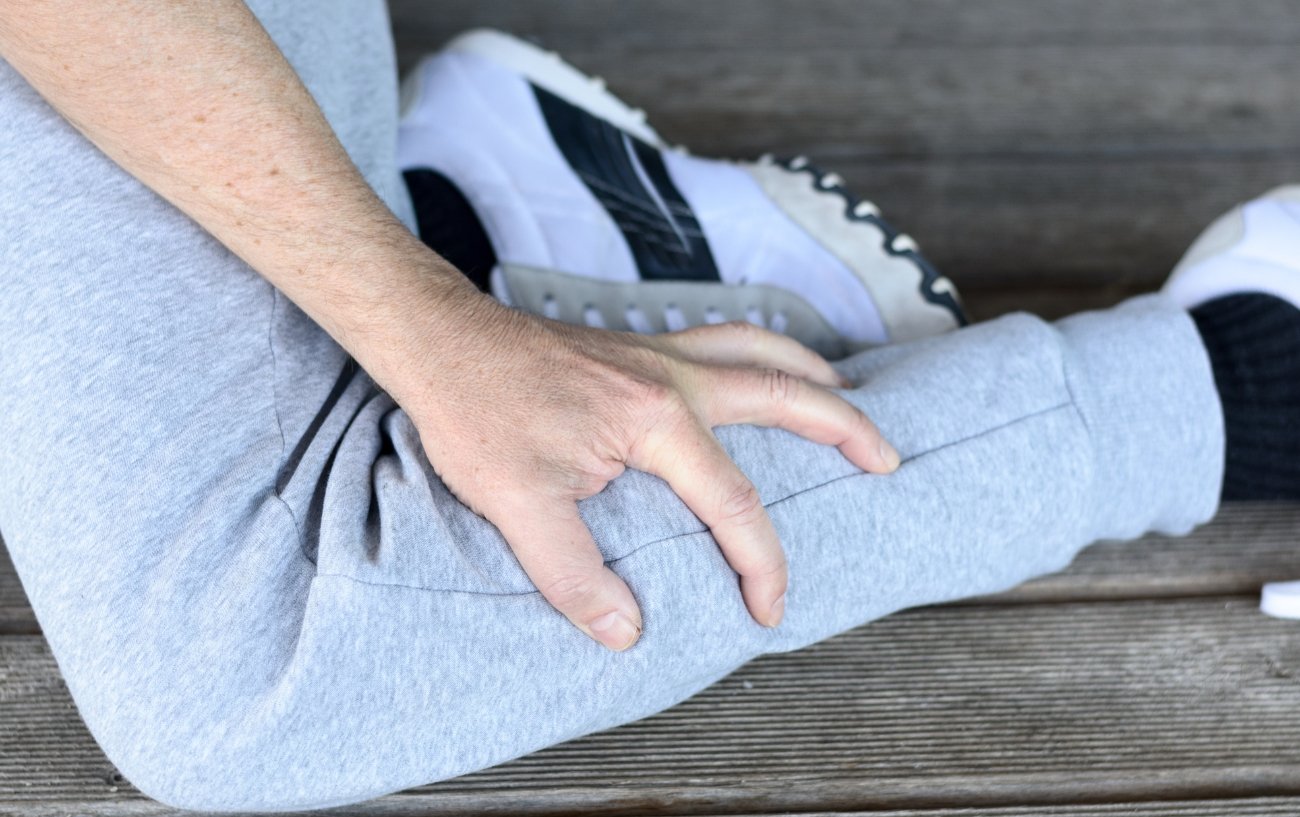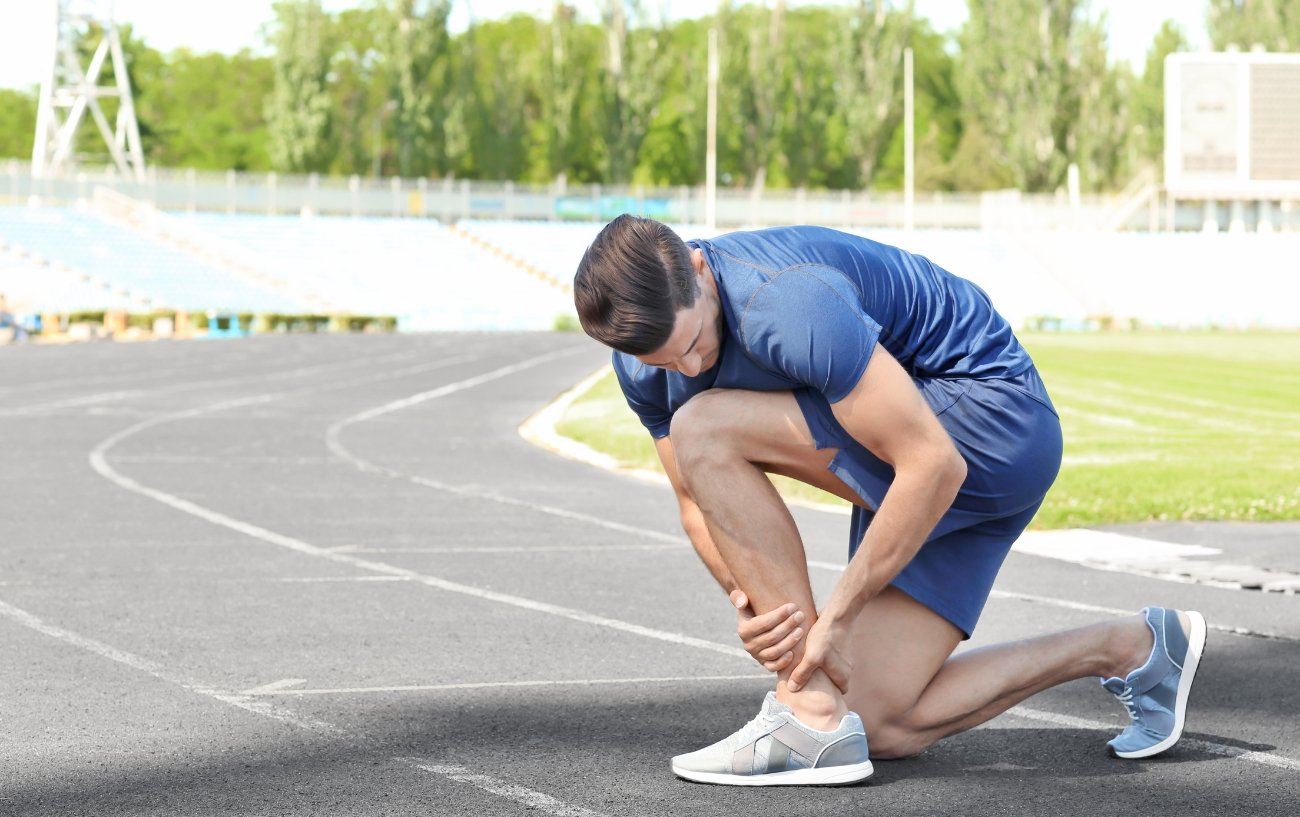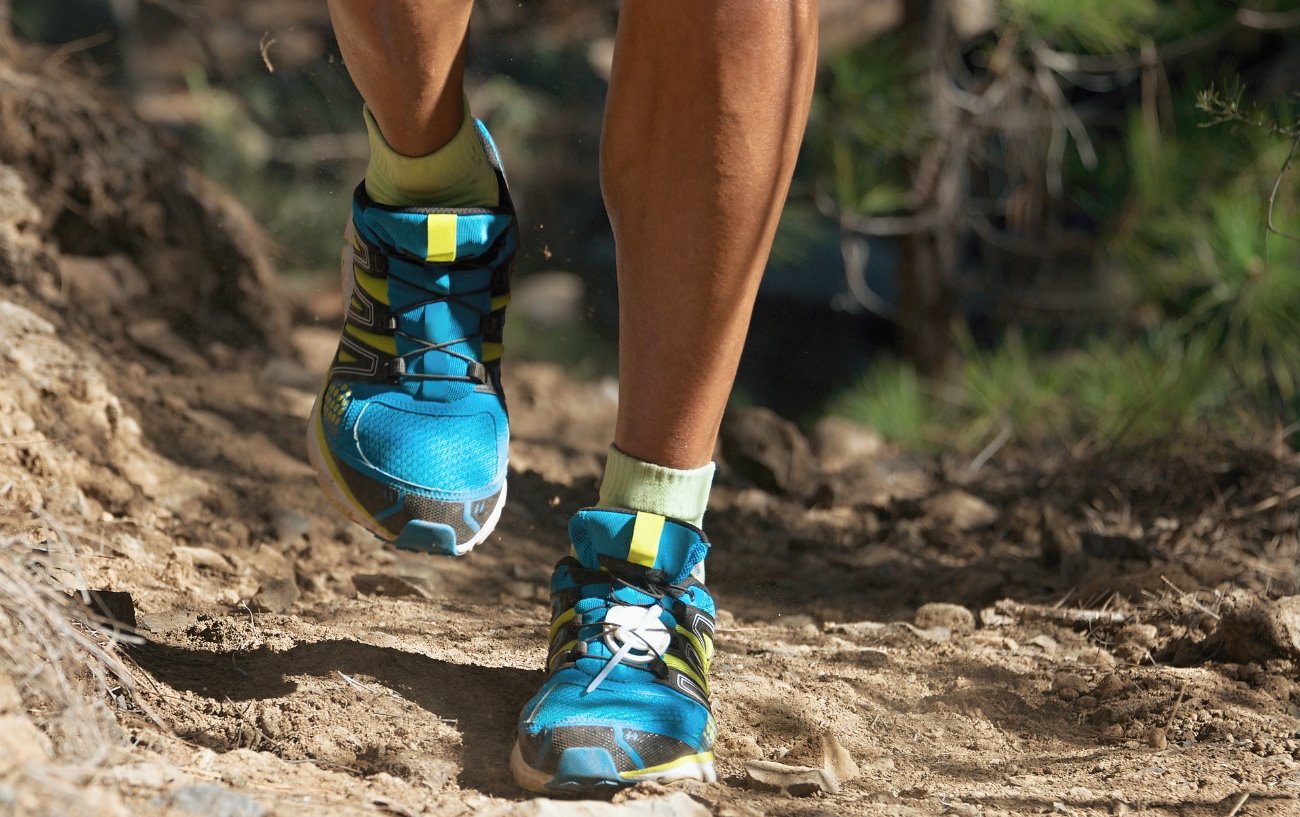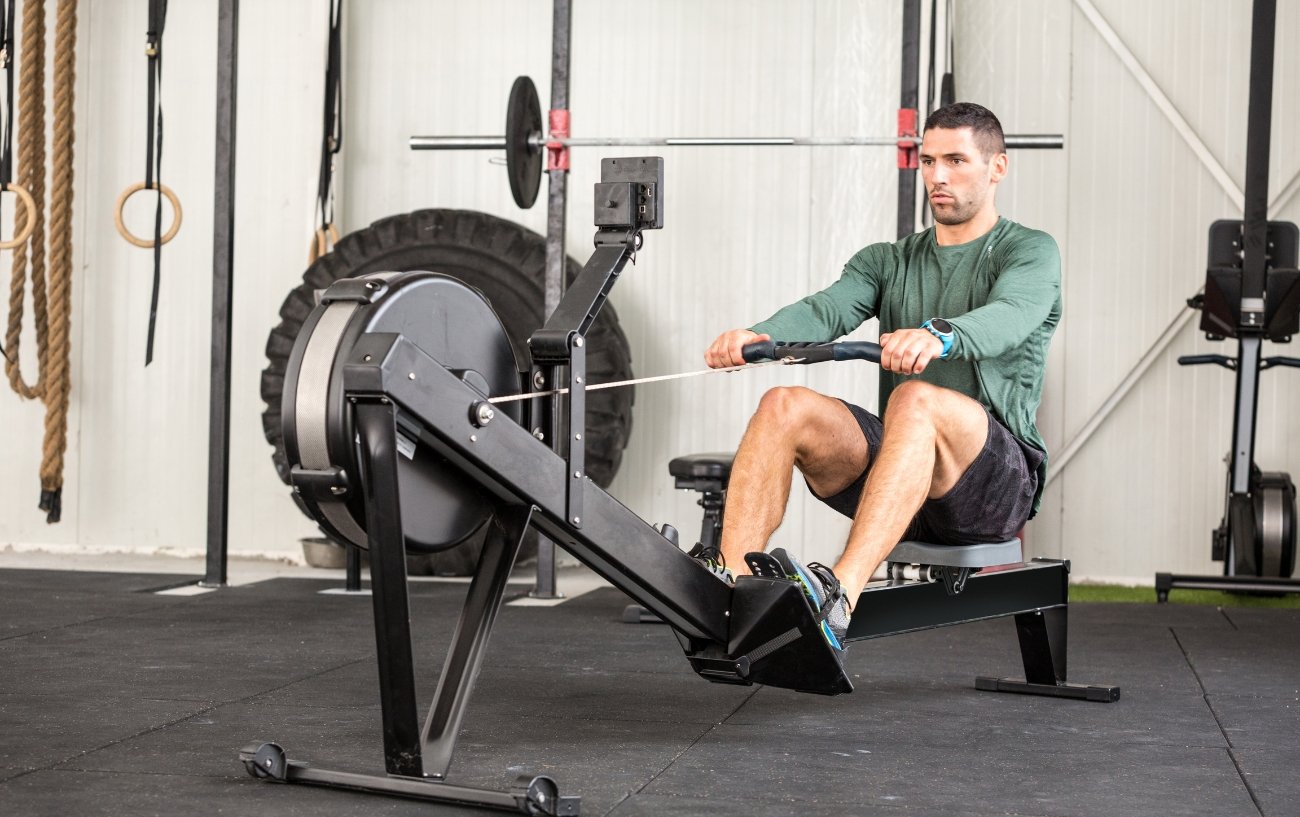A few years ago, very few runners had ever heard of runner’s dystonia.
But, when world championships silver medalist and two-time Olympian Kara Goucher announced that she has been diagnosed with runner’s dystonia on Instagram in February, 2022, the number of searches and amount of dialogue in the running community about the rare affliction increased significantly.
After noting the diagnosis of repetitive exercise dystonia, Goucher vulnerably wrote, “The doctor…tried to tell me, as gently as possible, that the more I run the worse my symptoms will get. I have to drastically cut back or not only will I lose the ability to run at all, I will struggle to walk as well.”
But, what exactly is runner’s dystonia or repetitive exercise dystonia? In this article, we will discuss the symptoms, causes, how it’s treated, and more.
We will cover:
- What Is Runner’s Dystonia?
- What Causes Runner’s Dystonia?
- Symptoms of Runner’s Dystonia
- Can You Run With Runner’s Dystonia?
- Prevention and Treatment
Let’s jump in!

What Is Runner’s Dystonia?
Runner’s dystonia is a type of repetitive exercise dystonia that is brought on by running.
Dystonias are a large class of movement disorders marked by involuntary muscle contractions in one or more parts of the body, depending on the particular type of dystonia.
Although runner’s dystonia and even repetitive exercise are very rare, dystonias as a group are the third most common type of movement disorders.
Runner’s dystonia is classified as a task-specific dystonia, which means that it only occurs when doing a repetitive motion—in this case, the repetitive nature of the running gait cycle.
For this reason, the symptoms primarily affect the legs and trunk, though it’s possible to get other task-specific dystonias in the upper body. For example, writers or pianists can get task-specific dystonias that affect the hands.
With runner’s dystonia, given that it’s brought on by the repetitive nature of running, it is more common in distance runners than sprinters or low-mileage middle-distance runners.

What Causes Runner’s Dystonia?
There’s still a lot the researchers and doctors don’t understand about exactly what happens in the brain with runner’s dystonia.
It seems that the brain signals that derive in a primitive region of the brain known as the basal ganglia start improperly sending signals to the muscles.
This is the same area of the brain affected by Parkinson’s disease.
In a healthy brain, movement signals are sent from the basal ganglia to the muscles that activate certain muscles and inhibit others.
In contrast, with a task-specific dystonia, the basal ganglia neurons do not fire the inhibitory signals to the surrounding muscles.
Instead, activating signals are also sent to the muscles you don’t need for the task or to the muscles you need when they should be relaxing after each contraction, leading to spasms and abnormal movements.

But, how does this happen? What are the causes?
Unfortunately, the actual cause of runner’s dystonia as well as why it strikes certain runners rather than others even if their training is similar are both still unknown.
There may be a genetic component, as some patients who get diagnosed with runner’s dystonia or other repetitive exercise dystonias have a family member with a dystonia or Parkinson’s disease. However, this isn’t always the case.
Because this condition is so rare, diagnosis often takes a while and the neurological disorder may be initially incorrectly diagnosed as another neurological disorder such as multiple sclerosis (MS), ALS, or muscular dystrophy.
However, one of the primary ways that runner’s dystonia or other task-specific dystonias can be differentiated from other neurological disorders is that they typically only present symptoms during the repetitive activity.
For example, with runner’s dystonia, the symptoms (at least initially) will really only occur when running forward. If you walk, swim, or even run backwards or shuffle to the side, you should not experience the muscular issues you do when running normally.
According to research, EMG assessments are the best way to properly diagnose runner’s dystonia and understand the specific neuromuscular involvement on a case-by-case, or individualized, basis.
Each runner who has this movement disorder may have a different area of the lower limbs and/or trunk involved, so no two cases will necessarily resemble one another.

Symptoms of Runner’s Dystonia
Although the presentation can vary, symptoms of this condition mostly involve ataxia or an unusual gait pattern.
It is thought that the brain signals that are sent to the muscles needed for running are also simultaneously sent to surrounding musculature, causing excessive muscle contractions and spasms.
This might cause any of the following atypical changes to the running gait:
- Hyperextension of the knees
- Involuntary toe curling or extending
- Locked up ankles
- A leg that drags
- Significant supination or pronation of the foot and ankle (weight bearing on the innermost or outermost surfaces of the foot)
- Difficulty executing a reciprocal of balanced stride pattern between the two legs
- Hip dropping with weight bearing
According to research, the symptoms often only affect one leg, which is why the running stride becomes particularly unbalanced and uneven.

Can You Run With Runner’s Dystonia?
The obvious question becomes, “Can you run with runner’s dystonia?”
Unfortunately, the answer isn’t as favorable as runners would hope.
Initially, many runners can continue running after receiving a diagnosis of runner’s dystonia, particularly if they find a way to mix up the neurological and neuromuscular demands of the sport, because it confuses the brain and reduces the “repetitive” component of the task-specific dystonia.
For example, some runners who are diagnosed with this condition can switch to trail running and enjoy some initial success.
The variability of the terrain and footing can sometimes provide enough of a differing stimulus to the brain to prevent the neuromuscular firing from going haywire.
Running barefoot on grass or sand has also been cited to be a workable way to continue running for some.
Famously, Justine Galloway, the Guinness World Record Holder for running a half marathon backwards, found that she could run backwards more smoothly after she struggled to continue running with runner’s dystonia.
She has even run full marathons backwards.

However, in most cases, runners with repetitive exercise dystonia or runner’s dystonia have to significantly pare back their running or stop training altogether.
Symptoms can progress, and it can be unsafe to run due to the risk of injuring your body if you’re landing weirdly on your foot or leg or tripping and falling.
In some cases, the symptoms can progress to affect the legs and trunk musculature during walking.
Other forms of exercise can also be viable substitutes for running.
For example, swimming, stair climbing, cycling, rowing, and potentially even deep water running are often workable options for those with runner’s dystonia.
However, although it’s often possible to find another type of exercise to perform that does not elicit the symptoms of dystonia, having to significantly cut back or give up running altogether can be extremely frustrating and sad for many runners.
Running is often as much a part of a runner’s identity as it is a hobby or form of healthy physical activity, so many runners who are unable to run because of this diagnosis, go through a grieving process and/or seek out therapy to help develop emotional coping tools and techniques to deal with the loss.

Prevention and Treatment Of Runner’s Dystonia
Because the cause of runner’s dystonia is unknown, currently, there are no known things runners can do to prevent it.
There are also no known cures for runner’s dystonia.
However, there are some ways to treat the symptoms of runner’s dystonia to ease the severity and minimize dysfunction.
Examples of treatments for runner’s dystonia in terms of symptom mitigation include physical therapy, medications, brain surgery, deep brain stimulation, visualizations or sensorimotor retraining programs, and botulinum toxin (Botox) injections.
There is some evidence to suggest that when the symptoms are recognized early, runner’s dystonia can respond to anticholinergic drugs, anticonvulsants, or levodopa, at least for some amount of time.

Studies have shown that Botox injections can be especially effective for decreasing muscle spasms and hypertonicity associated with movement disorders like runner’s dystonia, other repetitive exercise dystonias, and other neurological disorders like cerebral palsy.
Studies suggest that multiple trials to find the correct muscle injections sites are often necessary to optimize the effectiveness of Botox.
Getting diagnosed with runner’s dystonia can feel crushing.
Although there’s little to do to take away the feelings of loss, finding other activities and forms of exercise can be helpful.
There is also a Facebook Runner’s Dystonia Q&A Group for runners who find themselves or a loved one struggling with the diagnosis of runner’s dystonia. Support is key.
If you are looking for other activities that aren’t running to help you stay healthy and fit, take a look at our Alternatives to Running guide.













